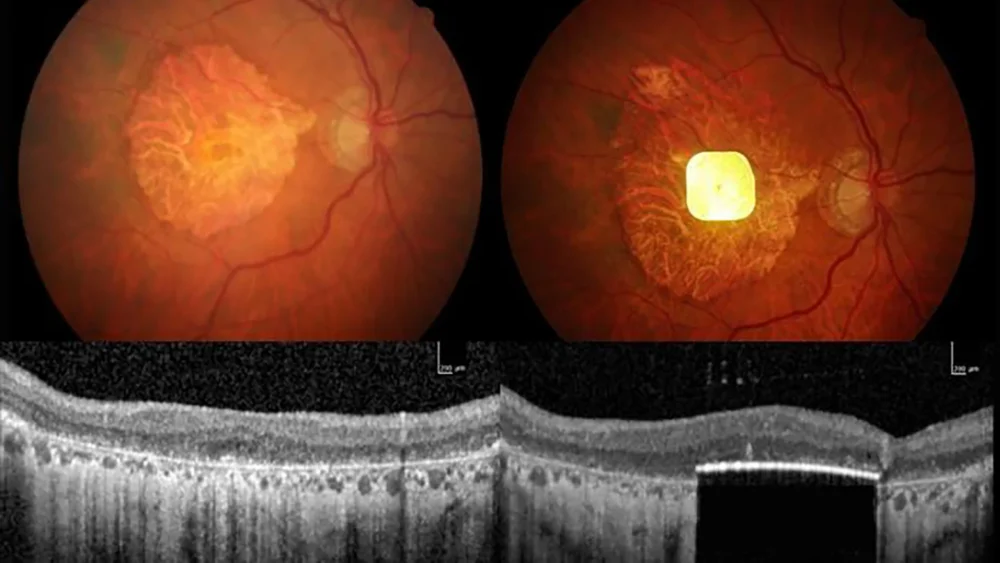In a landmark advancement for people with vision impairment, a team of scientists has developed the PRIMA retinal implant—a transformative solution for those living with irreversible sight loss. This high-tech device merges a microchip surgically placed beneath the retina with smart augmented-reality glasses, enabling blind patients to read text, recognize faces, and carry out daily visual tasks using artificial vision.
Unlike existing treatments that only slow the progression of age-related macular degeneration (AMD), the PRIMA system provides genuine restoration of central vision. AMD, the world’s most common cause of sight loss for adults over 55, affects millions globally and leads to the loss of sharp vision needed for activities such as reading, driving, and identifying people.
The system consists of a wafer-thin implant powered and controlled by a wireless connection from the glasses. The glasses are outfitted with a camera and infrared projector that relay images directly to the implant. Light signals are then translated into electrical impulses that stimulate surviving retinal cells, which in turn pass the reconstructed visual data to the optic nerve and, ultimately, the brain.
Clinical trials involving nearly 40 patients at leading medical centers showed stunning results. More than 80 percent of participants regained the ability to read print and experienced a life-changing improvement in everyday tasks. The surgical procedure itself is minimally invasive and typically completed within two hours. Rehabilitation and training help patients adapt to interpreting the new visual signals, leading to gradual restoration of their reading skills and renewed independence.
Patients report dramatic enhancements to their lives. Reading prescription labels, enjoying television, and solving puzzles—which were previously impossible—become accessible once more. The PRIMA chip’s adjustable features, such as zoom and improved contrast, offer further support for users needing added visual assistance. Crucially, the technology is designed to preserve existing peripheral vision so patients benefit from an optimal blend of prosthetic and natural sight.
Ophthalmologists see this innovation as ushering in a new era for artificial vision. Restoring reading ability and meaningful sight not only boosts patients’ mood and self-confidence but also revives their autonomy within their communities. The PRIMA retinal implant stands as a testament to the power of neural engineering and artificial intelligence in changing what is possible for millions affected by blindness.















